Samsung Galaxy Note 10+ camera review: is this the summit?
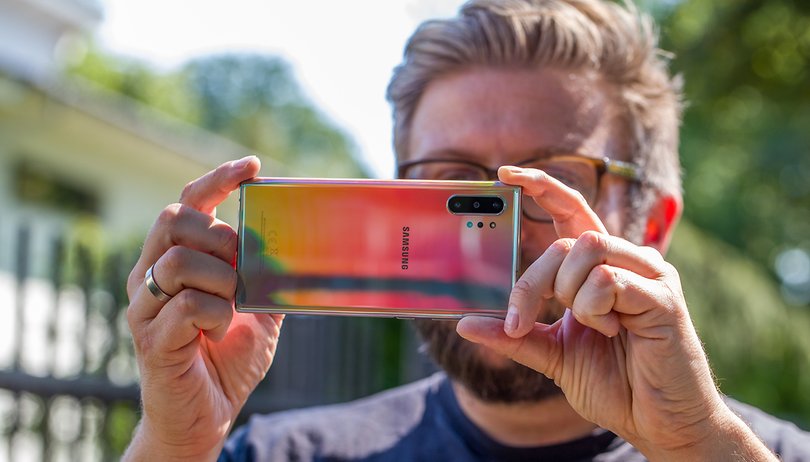

In our camera review of the brand new Galaxy Note 10 Plus, Samsung has to take some criticism, but I also have a lot of praise to hand out! Whether this is enough for the camera throne is questionable.
Jump right to it:
- What cameras does the Samsung Galaxy Note 10+ have?
- Photos in good light
- Photos in poor light
- Selfies
- Videos
- Bottom line
What cameras does the Samsung Galaxy Note 10+ have?
At the rear, the Samsung Galaxy Note 10 Plus features four cameras. Three "normal" cameras and a time-of-flight camera (TOF camera) called the Samsung DepthVision camera. Selfies are taken with a single camera located in the middle of the front display.
- Ultra-wide angle: 16 megapixels f/2.2, field of view 123 degrees
- Normal focal length: 12 megapixels, f/1.5 and f/2.4, dual-pixel autofocus, OIS
- Zoom camera: 12 megapixels, dual zoom, f/2.1, PDAF, OIS
- Selfie camera: 10 megapixels, dual-pixel autofocus, f/2.2
Photos in good light
When photographing with the Galaxy Note 10 Plus, it's once again noticeable: Samsung cameras are simply scarily fast, both when focusing and when shooting and saving the images. Another feature of the Galaxy smartphones is strong colors. Especially with red tones, this can become too much from time to time. In my camera test, the Samsung Galaxy Note 10 Plus produced a series of very nice photos, mainly due to the image dynamics and the balanced exposure. The AI-supported wizard, which analyzes what's happening in front of the lens and tells you how to get the perfect shot, can be quite practical for beginners but offers little added value for experienced photographers. A better option is to use the S-Pen as a remote trigger for the Samsung Galaxy Note 10 Plus, which can be really practical in some situations.
When it comes to creative photography, the 123-degree wide-angle lens is particularly convincing. This gives you a lot of scene in the picture, even more than with the Huawei P30 Pro. The double zoom, on the other hand, isn't much help for taking pictures of distant things, it's more helpful for portraits.

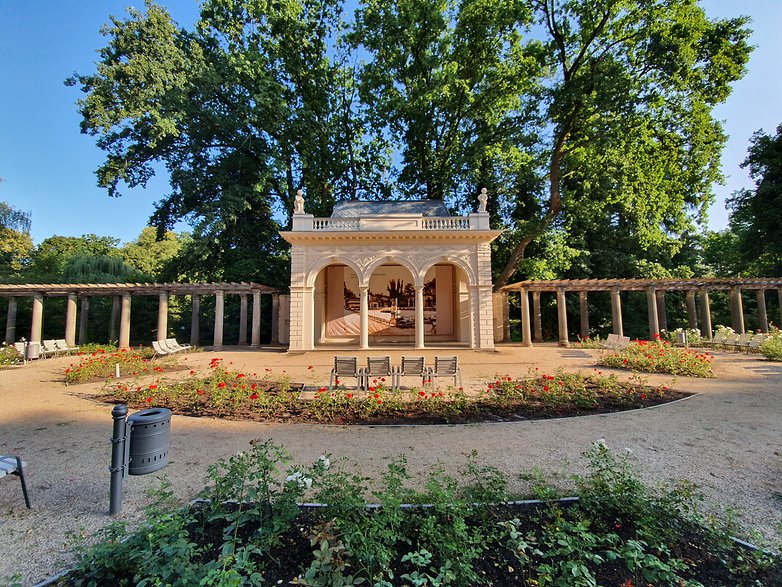
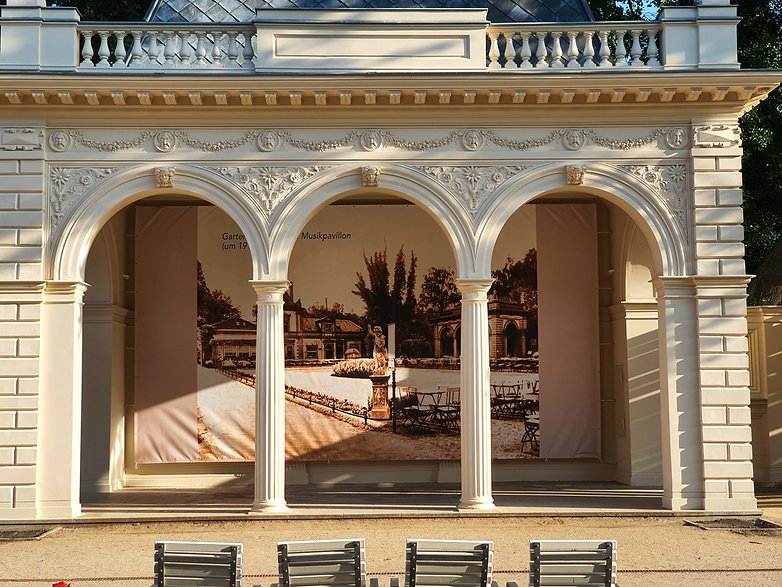
When taking close-ups in Automatic or Pro mode, no artificial blurring is created in the background, this slight effect is achieved purely optically - and that's good! These pictures look very natural and correspond pretty much to what the human eye sees. The Galaxy Note 10 Plus also captures colors and exposure very accurately here, the image sharpness is excellent.

Especially in portraits, smartphone cameras try to emulate the role of the model SLR, and this includes a chic bokeh, i.e. a blurred background. The Samsung Galaxy Note 10 Plus offers four different game modes, which you can adjust in intensity. With the help of the TOF camera and the three lenses, the new Note recognizes the object in front of the camera very accurately and does a really good job with its portraits. It's a shame that Live Focus only works reliably with people, because the software has to recognize a human face. You could also create great effects with pictures of objects.

If you take a closer look, you will notice two things. On the one hand, the software sharpens the photos taken by the Samsung Galaxy Note 10 Plus quite a bit. This can seem unnatural depending on the subject, especially if you zoom into the image. On the other hand, in some scenes, it is precisely this post-processing that robs the images of details. In some situations, the Galaxy Note 10 Plus is at a disadvantage over other top smartphones like the Apple iPhone XS.
Photos in poor light
Many smartphones can now take good pictures in beautiful light, and even though the Galaxy Note 10 Plus' performance in this discipline was good, it's still not enough to attack the best camera smartphones on the market. The battle for the top of the camera phones is all about pictures in low light, at night, at dusk or in closed rooms.
First of all, the Samsung Galaxy Note 10 Plus does not come close to the superstars of low-light photos, the Google Pixel 3 and especially the Huawei P30 Pro. Meanwhile, Samsung also has its own night mode, but it can't keep up with Huawei's.
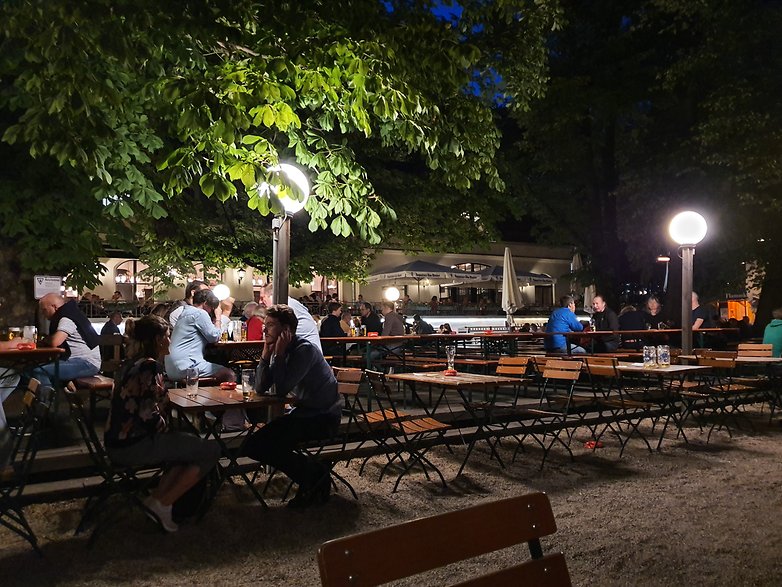
More important, however, are photos taken in automatic mode, which - and nothing else - is used by the vast majority of users. The images that the Galaxy Note 10 Plus captures in dimly lit rooms and at dusk capture the mood very realistically. The images are not brightened too much and come close to what the human eye perceives. Here the Galaxy Note 10 Plus reminds a bit of the Sony Xperia 1. The picture noise is clearly too strong in really bad lighting conditions. Other smartphones take technically better photos under these conditions, but in terms of mood the Galaxy Note 10 Plus can keep up well in comparison.
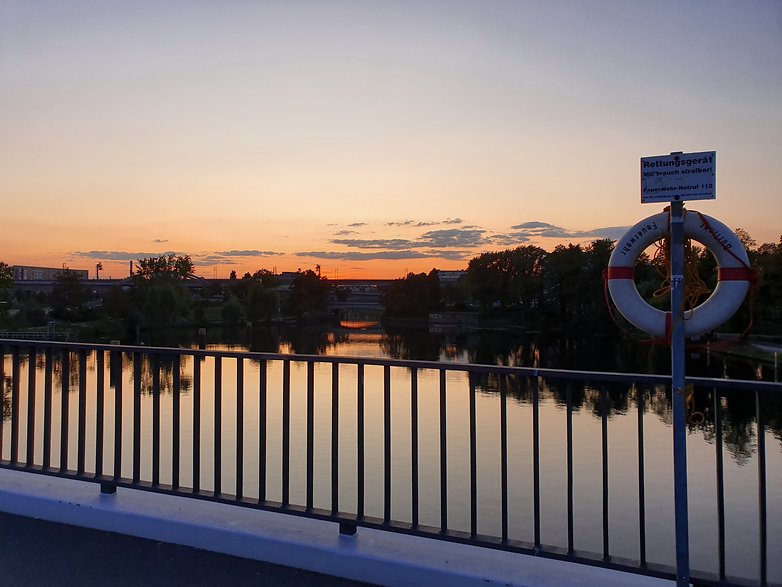
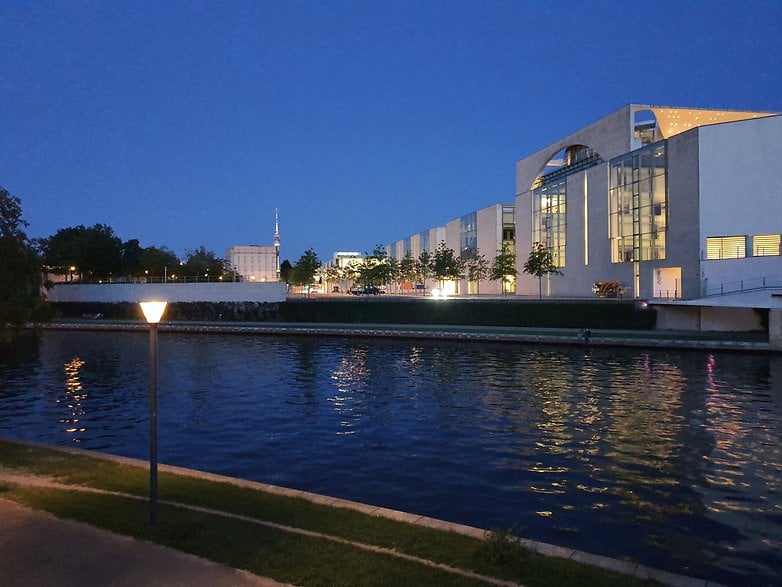
The praise applies only to the camera with the normal focal length and the changeable aperture, which is almost always set to the largest aperture f/1.5 in poor light. Both the zoom camera and the wide-angle camera drop significantly in the low light camera test. You should simply do without taking photos in these situations.
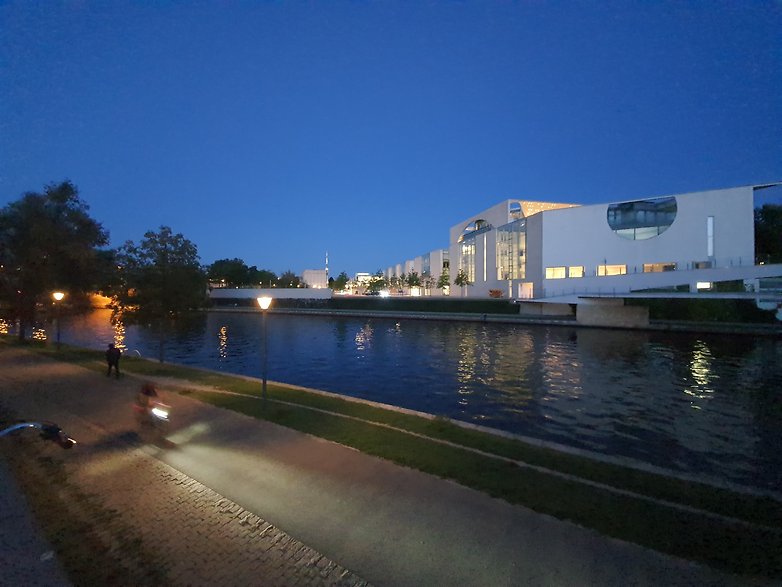
Selfies
The selfie camera of the Galaxy Note 10 Plus, which looks out of the hole in the Infinity-O-Display, did a good job in my camera test. Selfies show sharp contrasts, crisp colors and have a very balanced exposure. With the new Galaxy Note 10 Plus you can also use the live focus effects - for both photos and video - via the front camera, but without the support of the TOF camera on the back. However, there is not a huge difference, the object recognition works equally well. If the light gets worse, the tendency for image noise is similar to that of the main camera. With the selfie cameras, the Galaxy Note 10 Plus is always at the front of the race.


Videos
The live focus effects for videos are among the most important new features of the Samsung Galaxy Note 10 Plus. You have the choice between two different Bokeh effects, a color effect and the look of a slightly disturbed camera image. The recognition of the motives and thus of the foreground and background is clearly more difficult with videos than with photos, and one sees this also in the results. My tip: the intensity of the effects can be regulated. Go for less blur, the results will look better. The distortion effect makes the best overall impression.
- Photos and videos from the camera test of the Samsung Galaxy Note 10+ in full resolution
The Samsung Galaxy Note 10 Plus records normal videos without filters up to a maximum of 4K at 60 fps. You can also record videos in 1:1 aspect ratio - perfect for the Instagram generation! The HDR10+ support is still called "Labs", so it is still in the beta stage. It only works with the main camera, not for selfie videos. Picture quality, stabilization and sound are at a high level. With sound, you can activate the new audio zoom, which boosts the sound recording to the zoom in the viewfinder. This is very practical for concerts or other performances.
The bottom line
For the well-known camera test platform DxOMark, the Samsung Galaxy Note 10 Plus is currently the best camera smartphone. We can't agree with this rating because the partly swallowed details and the weaknesses of low-light recordings are too conspicuous. Nevertheless, the camera of the new Note has its strong sides, especially in terms of speed, reliability and the beautiful wide-angle shots. The Galaxy Note 10 Plus plays in the top leagues, but probably does not climb to the top of the competition.




















i have searched but cannot find how to take a picture in color and have background in black and white...any suggestions?
If you are into SNAPSHOTS, yeah, phone pinhole sensor cameras don't do too bad of a job, but, if you REALLY want to get into photography, spend the money and get at a minimum a APS-C digital SLR. Even one of those, with a "kit" lens is miles above what a smartphone camera can produce.
Yeah, I know, the best camera, is the one you have with you, but, that being said, if you are PURPOSELY wanting to take "keeper" photos, get a REAL camera. And, by the way, if you do, learn how to shoot with things beside the "Green A" automatic mode. Learn how to change the iso, f/stop, shutter speed and what not, to learn how to get a really "WOW" photo.
I've been shooting photos since I was a kid in the 60's & 70's, from Brownie's, film SLR's all the way to the D-SLR's and it's just not the same with a phone pinhole sensor camera. Oh, they can "fake" the bokeh (the blurry background) but, it's EASY to see, if you know what you are looking at.
I agree 100% all the hype of mega pixels and everything else on a phone is just BS. Nothing beats the real thing. All more MP's do for you on a phone is make a bigger file and eat up more storage.
-
Admin
Aug 27, 2019 Link to commentStill, nothing can beat a real camera for taking photos